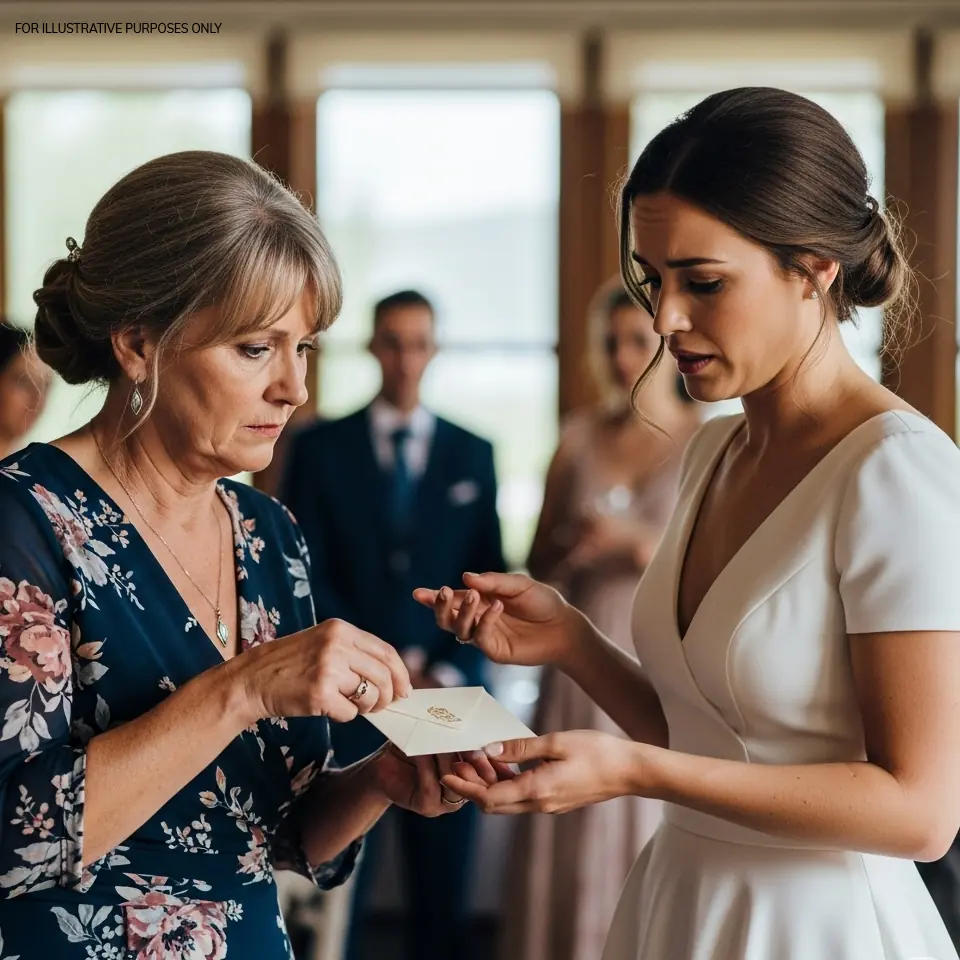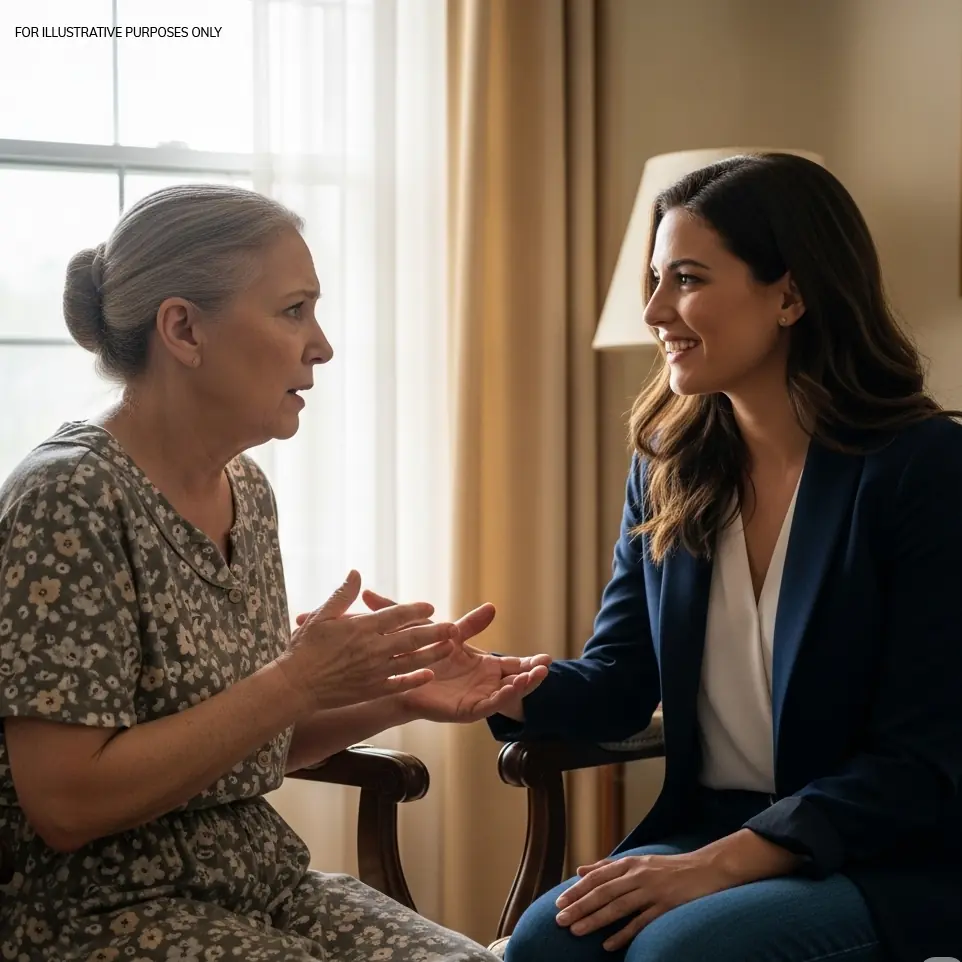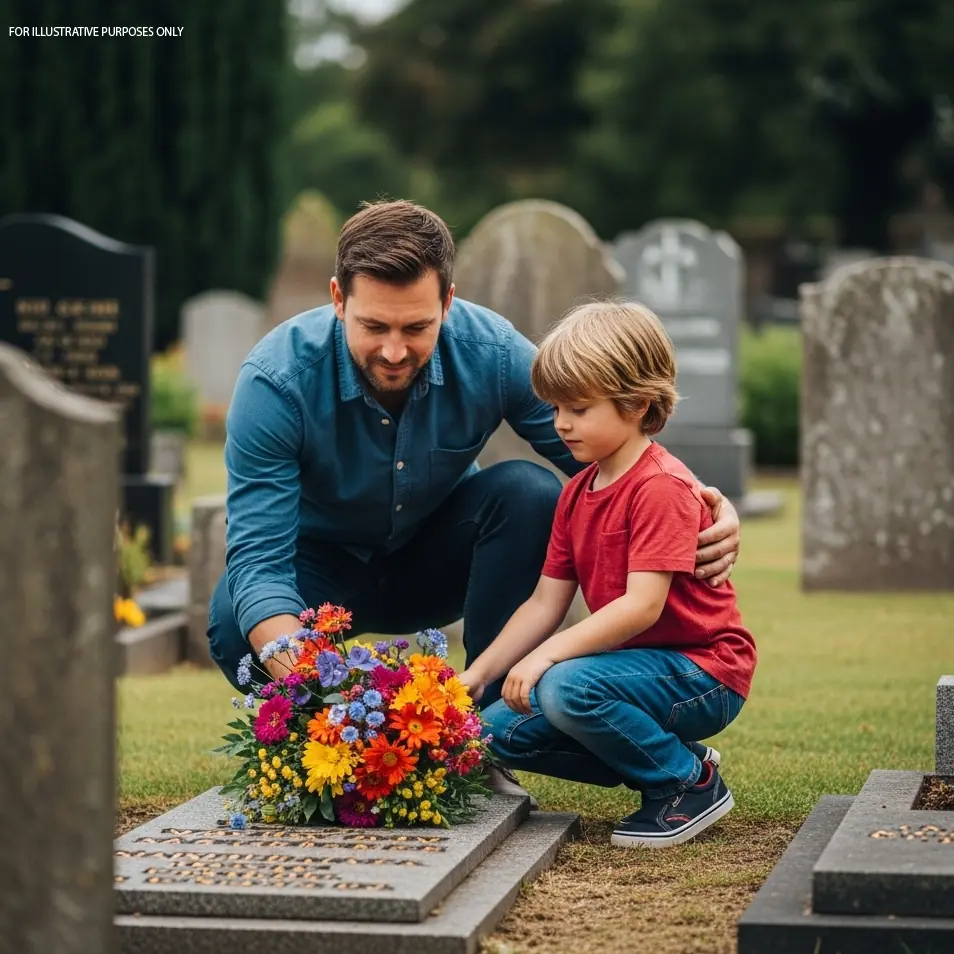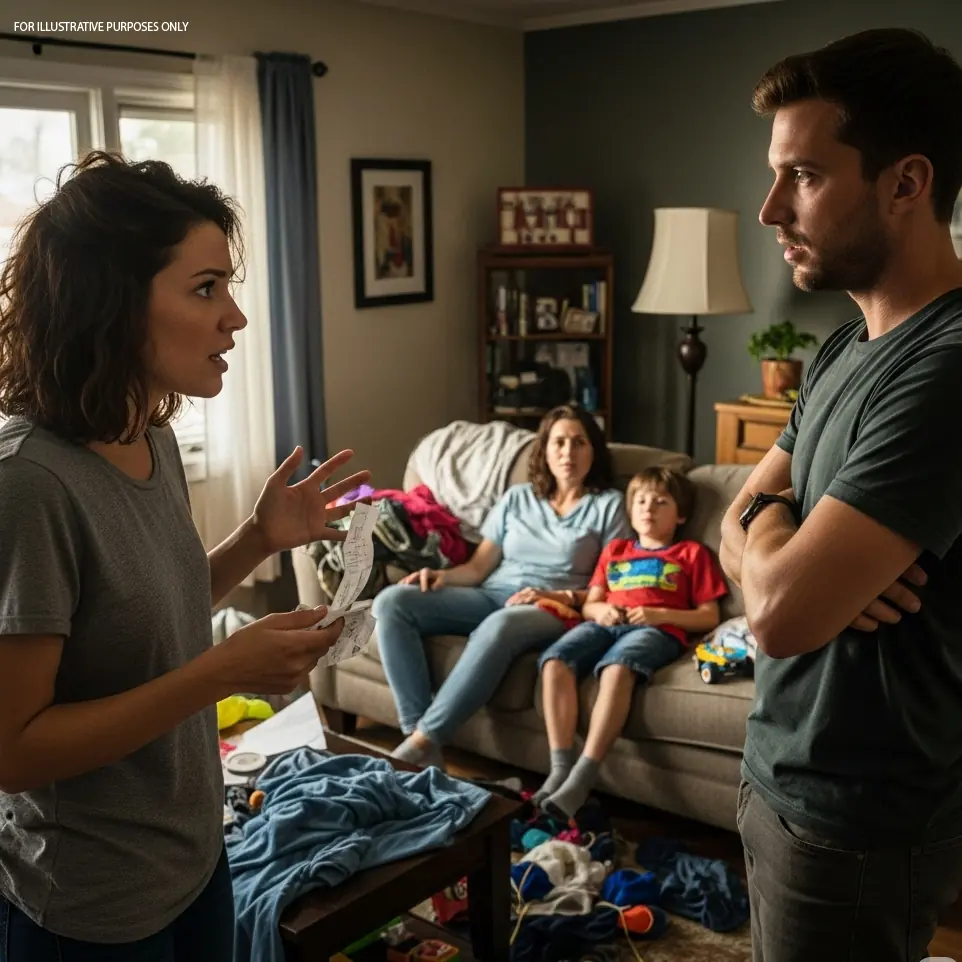A family debate unfolds when a 70-year-old grandmother decorates an elaborate Christmas tree. Explore the generational divide over holiday traditions and what really matters during the season.
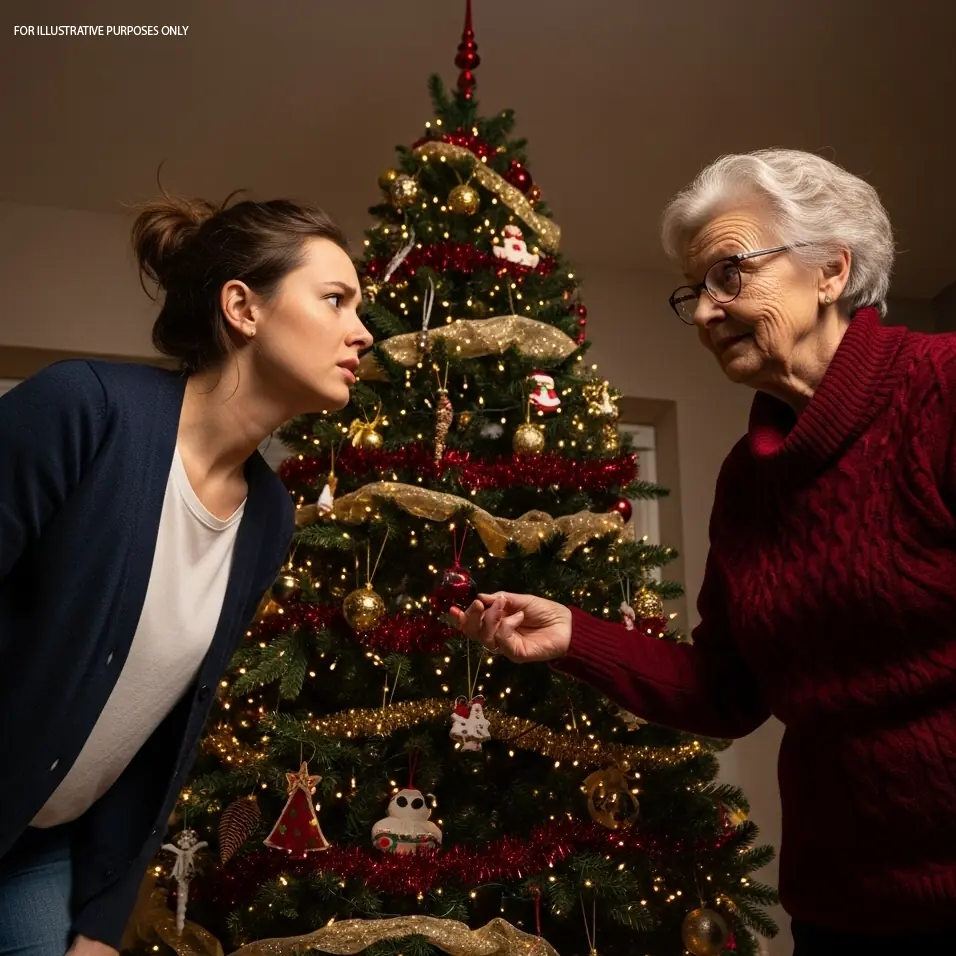 The holiday season has a unique way of bringing families together while simultaneously highlighting our differences. This year, one daughter-in-law found herself questioning a family tradition that sparked an unexpected conversation about age, priorities, and the meaning behind our holiday celebrations.
The holiday season has a unique way of bringing families together while simultaneously highlighting our differences. This year, one daughter-in-law found herself questioning a family tradition that sparked an unexpected conversation about age, priorities, and the meaning behind our holiday celebrations.
The Christmas Tree That Started It All
Walking into her mother-in-law's home, Sarah (name changed for privacy) was surprised to discover an elaborate Christmas display. Her 70-year-old mother-in-law had spent considerable time and effort decorating a large Christmas tree, complete with carefully arranged ornaments and twinkling lights.
"I was genuinely surprised," Sarah admits. "Here's someone who could be relaxing, enjoying her retirement, and instead she's spending hours on what seemed like such an involved project."
The scene triggered questions that many adult children face as their parents age: At what point do we worry about how our elderly relatives spend their time and resources? When does concern cross the line into judgment?
The Story Behind the Tradition
When Sarah asked about the elaborate display, her mother-in-law's response revealed layers of meaning she hadn't initially considered. "It reminds me of my childhood, decorating the tree with my mom before she passed away," the older woman explained.
This simple statement transformed the situation entirely. What had appeared to be an excessive holiday display was actually a deeply personal ritual connecting three generations of women through shared memories and love.
The Christmas tree wasn't just decoration—it was a bridge to cherished memories of mother-daughter bonding, a way to honor a deceased parent, and a continuation of family traditions that provided comfort and joy during the holiday season.
The Financial Consideration Dilemma
Like many young families today, Sarah and her husband face financial pressures that make every dollar count. When she considered the cost of the Christmas decorations, she couldn't help but think about how that money might benefit their growing family.
"We're trying to save for our children's future, managing student loans, and dealing with rising costs everywhere," Sarah explains. "When I see money spent on decorations, part of me wonders if there might be better uses for those funds."
This perspective reflects a common generational divide about spending priorities. Younger families often focus on practical needs and future security, while older adults may prioritize experiences, traditions, and emotional fulfillment.
Understanding Different Life Stages
Sarah's reaction highlights a fundamental truth about family dynamics: different life stages bring different priorities and perspectives. At 70, her mother-in-law has likely moved beyond the intense financial pressures of raising young children and may have more freedom to spend on things that bring joy rather than necessity.
"I realized I was viewing her choices through the lens of my current situation," Sarah reflects. "When you're in the thick of raising small children, everything feels urgent and practical. But maybe when you're 70, you've earned the right to prioritize happiness and memories."
This insight speaks to a broader challenge many families face: learning to respect each other's choices even when they don't align with our own current needs or values.
The Value of Emotional Investments
While the Christmas tree represented a financial expense to Sarah, for her mother-in-law it represented something invaluable: connection to deceased loved ones, continuation of meaningful traditions, and the simple joy of creating beauty during a special season.
Child psychologists and family therapists often emphasize that emotional well-being is just as important as financial security, particularly for elderly individuals who may be dealing with loss, loneliness, or health challenges.
"I started to think about what brings me comfort when I'm stressed," Sarah says. "Maybe for her, decorating that tree is like my need for a perfect cup of coffee in the morning—it's not practical, but it makes life better."
Bridging the Generational Gap
The Christmas tree incident became an opportunity for deeper family understanding. Rather than dismissing her mother-in-law's choices, Sarah began asking different questions: What traditions from her own childhood would she want to maintain as she ages? How can different generations support each other's needs without sacrificing their own values?
"I realized that maybe the tree isn't about living in the past," Sarah explains. "Maybe it's about honoring the past while still being present for her grandchildren. She can love her memories and love us at the same time."
Finding Common Ground During the Holidays
The holiday season often amplifies family tensions, but it can also provide opportunities for greater understanding and connection. Sarah's experience illustrates how initial judgments can evolve into empathy when we take time to understand the motivations behind actions that initially seem puzzling.
Family therapists suggest that holiday conflicts often stem from unspoken expectations and different definitions of what makes the season meaningful. Some people find joy in elaborate traditions, while others prefer simple celebrations. Neither approach is inherently right or wrong.
Lessons Learned About Family Priorities
Through this experience, Sarah gained new perspective on family dynamics and aging. "I learned that just because someone's priorities don't match mine doesn't mean they're wrong," she says. "My mother-in-law has lived through decades of putting others first. Maybe now it's okay for her to put her own joy first sometimes."
This shift in thinking reflects growing awareness about the importance of supporting elderly family members' autonomy and decision-making, even when their choices don't align with younger generations' preferences.
The Bigger Picture of Holiday Meaning
Ultimately, Sarah's story raises important questions about what we value during the holiday season. Is it more important to be financially practical or emotionally fulfilled? Can families find ways to honor both perspectives without judgment?
"I think the real lesson is that the holidays mean different things to different people," Sarah concludes. "For my mother-in-law, that Christmas tree represents love, memory, and joy. Who am I to say that's not worth the money or effort?"
Moving Forward with Understanding
The Christmas tree that initially caused concern became a symbol of family growth and understanding. Sarah began to see her mother-in-law's holiday traditions not as competition for family resources, but as valuable expressions of love and continuity.
This shift in perspective didn't eliminate the practical concerns about family finances, but it placed them in a broader context of family relationships and mutual respect.
Creating Space for Different Holiday Approaches
Sarah's experience offers valuable insights for other families navigating similar situations:
Respect different priorities: What seems unnecessary to one generation may be deeply meaningful to another.
Ask about motivations: Understanding why someone makes certain choices can transform criticism into compassion.
Consider emotional needs: Financial considerations are important, but so is emotional well-being, especially for elderly family members.
Find compromise when possible: Families can often find ways to honor different perspectives without anyone sacrificing their core values.
The True Spirit of the Season
As the holiday season continues, Sarah finds herself appreciating her mother-in-law's Christmas tree in a new way. Instead of seeing it as an unnecessary expense, she now sees it as a testament to enduring love, cherished memories, and the importance of maintaining joy throughout all stages of life.
"Maybe the tree isn't just about her," Sarah reflects. "Maybe it's creating memories for my children too—memories of a grandmother who believed in making things beautiful and special, even when it wasn't practical."
This story reminds us that the holiday season can reveal both our differences and our capacity for understanding. When we approach family conflicts with curiosity rather than judgment, we often discover deeper truths about love, tradition, and what really matters during this special time of year.

 The holiday season has a unique way of bringing families together while simultaneously highlighting our differences. This year, one daughter-in-law found herself questioning a family tradition that sparked an unexpected conversation about age, priorities, and the meaning behind our holiday celebrations.
The holiday season has a unique way of bringing families together while simultaneously highlighting our differences. This year, one daughter-in-law found herself questioning a family tradition that sparked an unexpected conversation about age, priorities, and the meaning behind our holiday celebrations.




